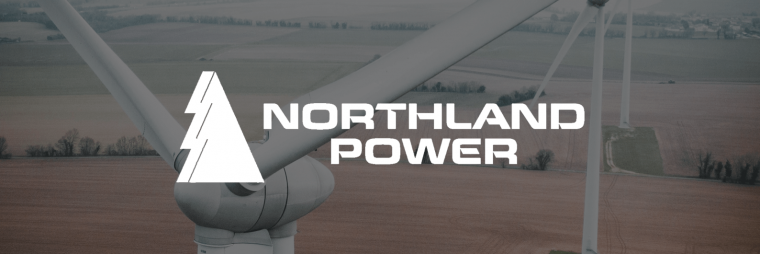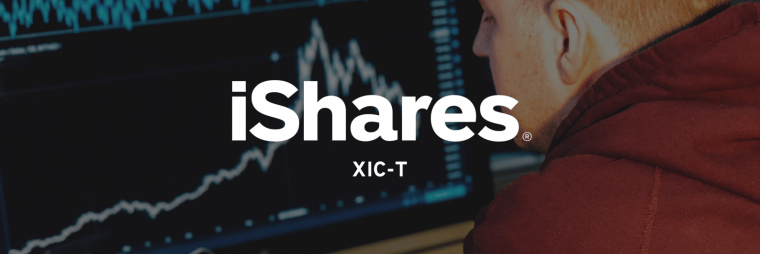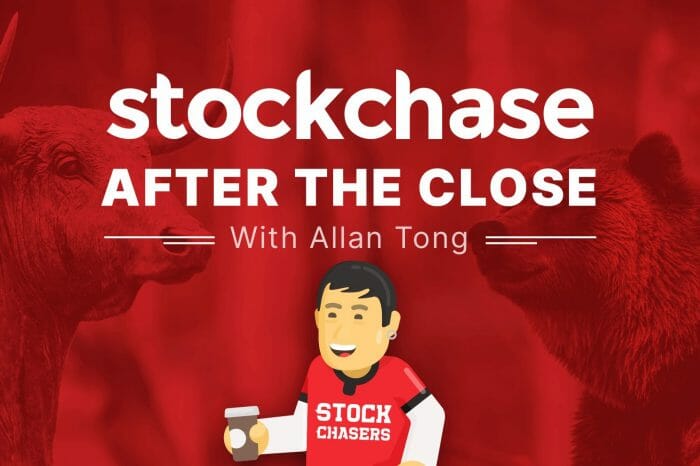3 All Canadian

3 All Canadians:
Each spring in America, NBA teams battle in the playoffs and Washington wrestles with the debt ceiling. This week, U.S. stocks will probably grind sideways until the latter is resolved. Meanwhile, Canadian investors can put their money in some homegrown names without worrying of American withholding taxes and fluctuating currencies. Here are three Canadian ideas:

Canadian National R.R. (CNR-T)
CP has been getting all the attention because it merged with Kansas City Southern, but CN trades at the better PE of 20.28x compared to its rival of 27.96x. No question that CP is a powerhouse, but it will take time to absorb KC into its operations and pay for it. Both companies enjoy a duopoly in Canada, so the moat is high.
Both are defensive blue chips, but CN pays a slightly higher yield of 1.96% and boasts a better balance sheet.
The street expects its EPS to climb 5.83% and rise 6.46% in 2024. Its EPS beat three of the last four quarters, and missed by a penny in one quarter. CN is a steady eddy that won’t give you explosive growth, but a gradual one.

Since recommending this Canadian wind-energy generator on April 4, shares of NPI sank from $33.68 to $29.80. What happened? On May 9, the company reported an earnings miss—a bad one—in Q1-2023 of $0.27, nearly half of the expected $0.50. Ouch.
Rewind to 2018 when the new new CEO, Mike Crawley, emBarked on a long-term plan to expand Northland’s operations in global offshore wind. NPI has three projects operating in the North Sea, but is developing in Poland, Asia and more in the North Sea. Meanwhile in 2021, the company bought existing wind and solar operations in Spain as well as a Colombian electric utility in 2020, which guaranteed cash flows to fund its expansion. Macro tailwinds (sorry) of the global move away from fossil fuels continue to enhance the wind-power sector.
However, NPI’s biggest project in its pipeline, the Hai Long in Taiwan, has been slightly delayed, with the company now expecting the financial backing to close at the end of this year. All told, Hai Long will generate 1.044 gigawatts of energy. At the same time, the 1.2-gigawatt Baltic Power offshore project in Poland will cost “just above” the high end of the company’s C$5-6 billion guidance, because of stubborn inflation.
A third challenge is NPI’s Spanish operation which will generate C$16 million lower than guidance stated because of lower pool power prices. Spain accounts for 15% of NPI’s adjusted EBITDA. That said, Northland reiterated its full-year guidance.
So, NPI faces challenges in the short-term, but I’m confident that given management’s track record that NPI will stickhandle them and come out stronger down the road. Inflation and rising rates have been a double-headed problem for all utilities, but are showing signs of easing. The share sell-off on that recent earnings miss was deserved, but overdone as shares hit a 52-week low of $27.20. Right before Victoria Day, shares recovered to nearly $30.
Currently, NPI trades at 10.88x PE, far better than the sector’s 26.6x, gross margins of 88.89% vs. the sector’s 49.57%, and an ROI of 6.53% which doubles it peers. NPI’s dividend pays in the upper range of this industry at 4.03% with a low payout ratio of 30.62%.
Analysts have maintained their calls on this name though a few have lowered their price targets, which now average $45.74 based on seven buys and one hold. NPI will weather this rough patch and emerge stronger, so this makes it a strong candidate for buying-on-weakness. Plus, you get paid the same as a money market fund or HISA as you wait for shares to rise.
(Disclosure: I own shares of Northland Power.)

iShares Core S&P/TSX Capped Composite Index ETF (XIC-T)
Another dip-buying candidate in this ETF which tracks the TSX. If for whatever reason the entire market slides in a day or so, then use this to buy that dip. XIC‘s biggest holding is Royal Bank at 6%, followed by TD, CP, Enbridge, CNR, Shopify, CNQ and the other big banks.
This ETF pays a 3.2% dividend, but charges only a 0.06% MER. In the past six months, XIC has fallen below $31 only three times and is now trading close to its 52-week high of $33.62. I don’t advise buying now, because you will be collecting only that 3% divvy while a HISA or money market fund will pay over 1% more. You may not even need to buy this, but it’s good to have an easy, safe ETF like XIC in your toolbox.



